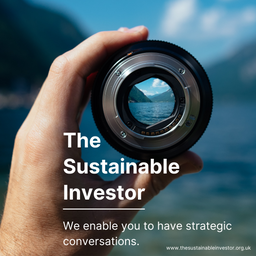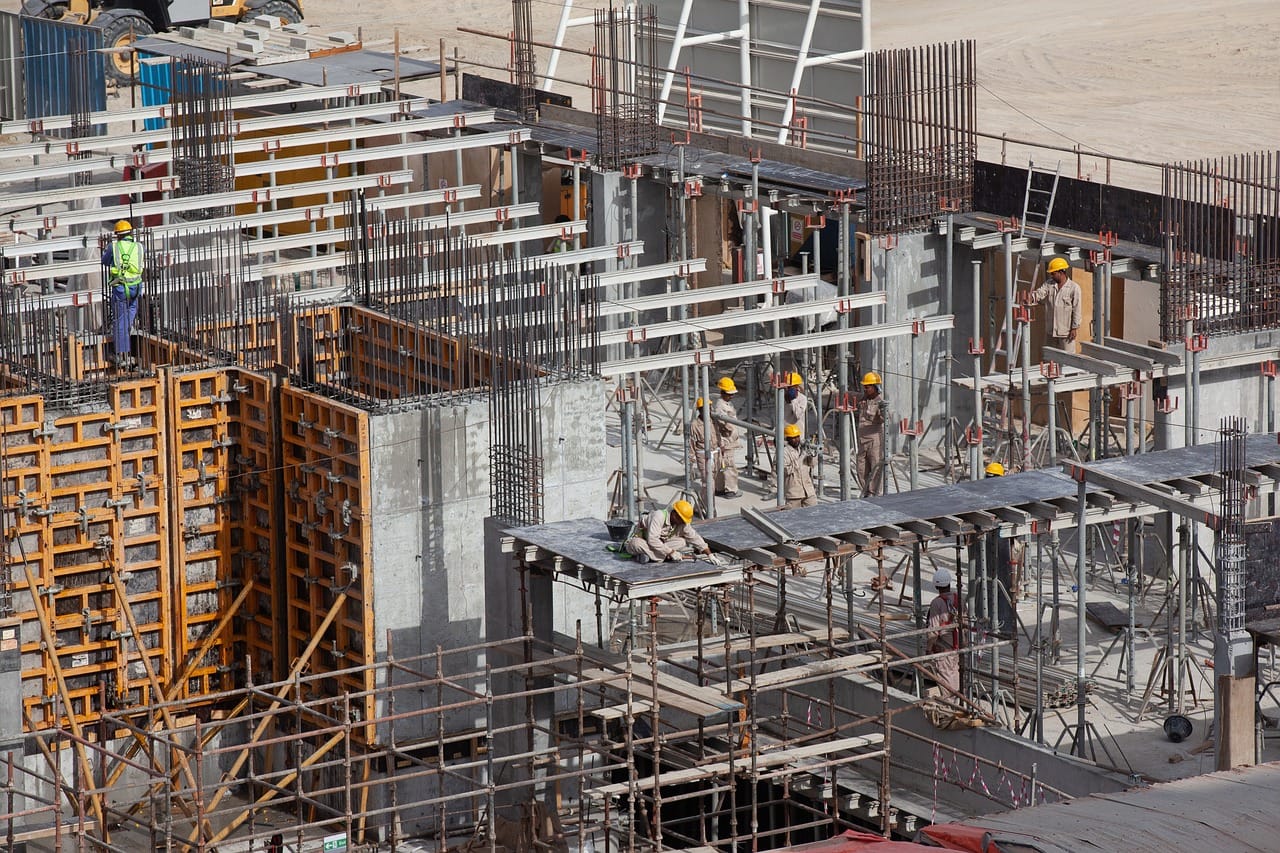
Better homes are possible - don't just focus on quantity
The building industry faces two big sustainability challenges, greener building operation, and encouraging the use of greener construction materials. And within each challenge lies a massive opportunity. It's not all about quantity, we can also build better - utilising best practice.
While we need more homes and commercial buildings, its possible and viable to build them in a more sustainable way.
Our buildings have a key part to play in creating a more sustainable economy. According to the Energy Transitions Commission the global buildings sector currently contributes a third of greenhouse gas emissions (12.3 GtCO2 in 2022). This comes from the use of fossil fuels for heating, cooling, cooking, lighting and powering appliances, as well as the construction of residential and commercial buildings.
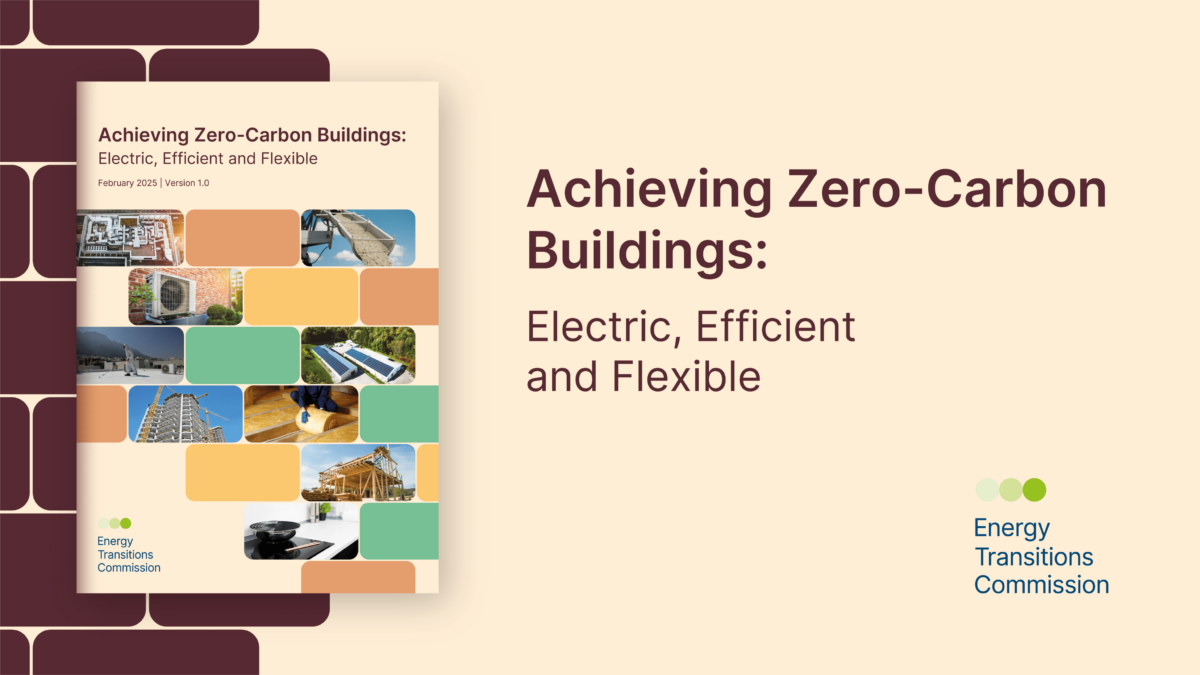
Both aspects (building construction and building operation) are already becoming more sustainable. And it's reasonable to expect this change to accelerate. For our built environment this is primarily about anticipating and preparing for likely changes in regulation and new customer demands.
For investors, the new customer demand bit of this is fairly easy to follow. For all sorts of reasons clients prefer more sustainable buildings, and they are prepared to pay a premium for them.
But the regulation portion can seem very technical, complex and hard to follow, even to people such as myself, who has an engineering background. Fortunately investors have a bit of a shortcut.
The role of best practice
It is important to remember that complying with building regulations is more than just 'following the rules'. Architects and engineers learn from each other - spreading best practice. And this is where the various professional institutions and specialist publications play such an important role, spreading knowledge.
There are a whole range of these, but one that caught my eye recently was from the Architects Journal on Good Homes for All: why we are showcasing 20 of the nation’s best housing schemes.
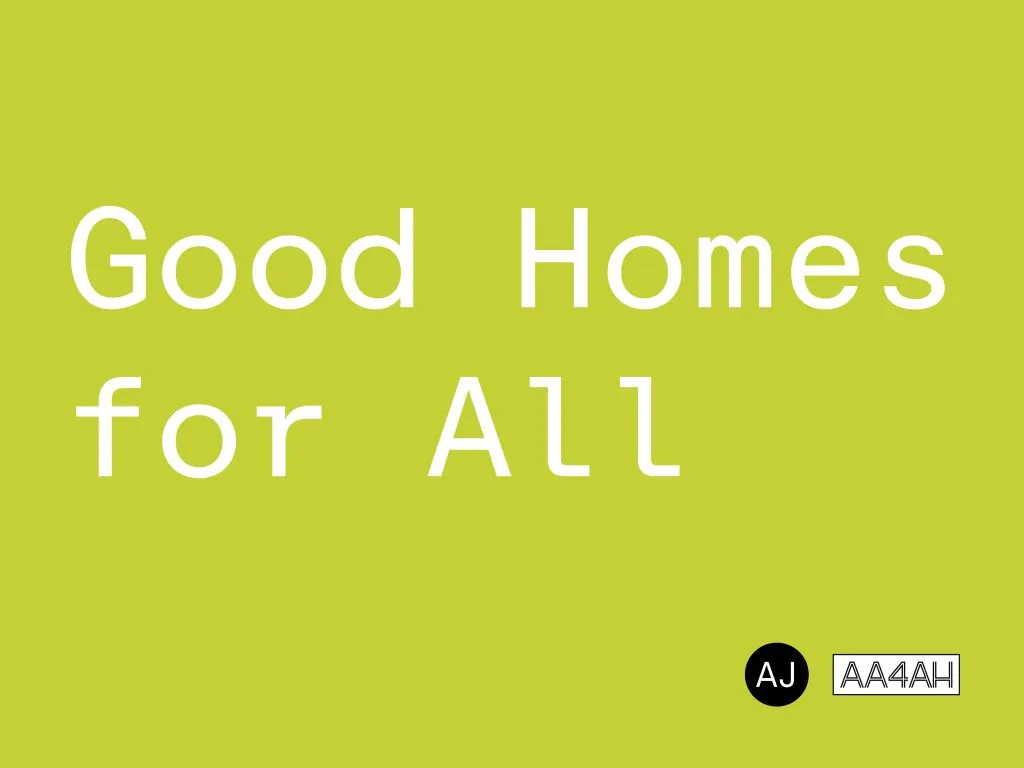
Why is this important? To quote the article "while the headlines are dominated by the government’s housing supply target, the crisis is as much about quality as it is about quantity. The quality of the norm is unacceptable, yet we have somehow become inured to it. According to a comprehensive audit of England’s new housing carried out by UCL in 2020, the design quality of three-quarters was ‘mediocre’ or ‘poor’, and a fifth should have been ‘refused planning permission outright’."
For investors, these best practice examples can be a practical way of learning the direction of travel for the industry. And give us the tools to have constructive (and if required critical) conversations (ie engagement) with the companies in which we are invested.
How do we use the 'tools of finance' in buildings ?
What do we mean when we say that investors should use the tools of finance to drive change, and how does this relate to our built environment? As we said last week ...
'part of the process is via a focus on the financial impact on companies, not just of the expected changes in regulation, but also technological advances, changing customer preferences, and the impact that climate change and social factors will have on supply chains etc.'
This starts from the point that one of the most important roles for boards of directors, and senior management, is to ensure that the company is properly preparing for the future. And this means anticipating and preparing for changes we expect to happen. Not just tomorrow but out into the future.
Failing to prepare is preparing to fail - Benjamin Franklin
In the case of our built environment, build in a more sustainable manner, and design buildings that can be operated in a more sustainable way.
Sometimes companies need a prod to move in the right direction. But as investors we need to make sure we have the knowledge to make the discussions informed.
And sustainability make financial sense?
The anecdotal evidence seems to be mounting that it does. A recent publication from Savills, looking at commercial rents in the Netherlands, suggests that occupiers are paying a rent premium for office buildings with high energy labels - regardless of location.
The studies on rent and sale premiums do not need to be conclusive. Our simple 'ask' is that boards and management teams fully review the evidence. And explain to shareholders how they are responding and why.
.jpg)
One last thought
While many investors will be happy with informed engagement, for some that doesn't go far enough. Getting involved in updating building codes might seem technical and a bit boring. But, it's probably the best and most efficient, at scale solution to creating a more sustainable building industry.
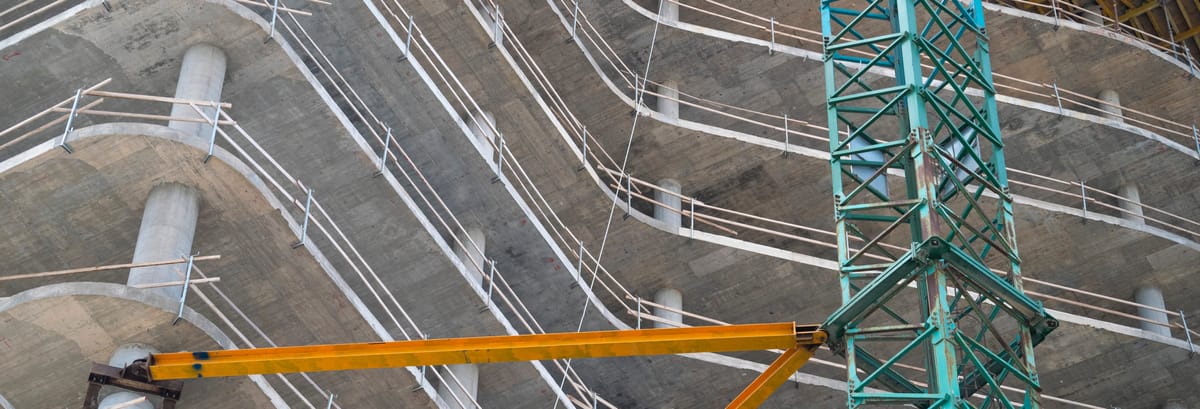
Grant me the strength to accept the things I cannot change, the courage to change the things I can, and the wisdom to know the difference. Reinhold Niebuhr - a Lutheran theologian in the early 1930's
Please read: important legal stuff. Note - this is not investment advice.



